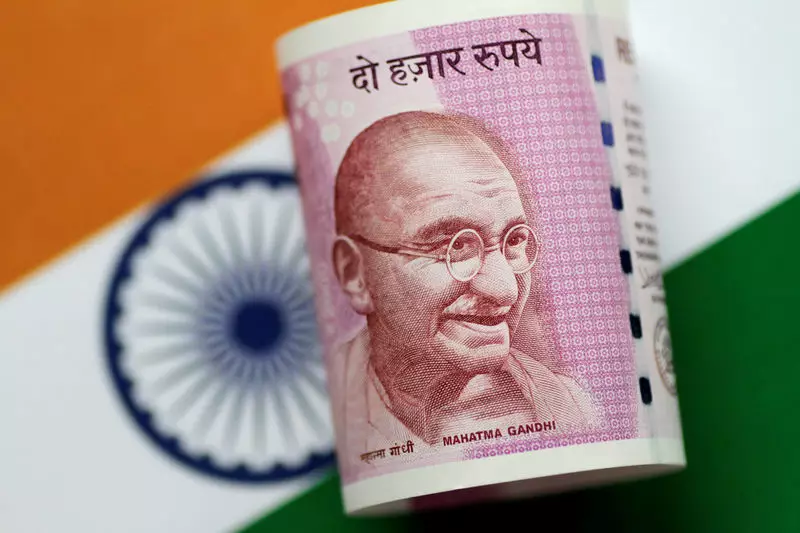The Reserve Bank of India (RBI) is currently adopting a strategic approach towards managing the USD/INR exchange rate, aiming to establish a new equilibrium that reflects current economic realities. Barclays has highlighted that the central bank’s tactics coincide with escalating inflationary pressures, rising crude oil prices, and a robust U.S. dollar. Given these conditions, the expectation is for the USD/INR rate to gradually climb towards 84.40. However, there’s a notable risk of retracement every time the rate shifts by 0.5 units, indicating a highly volatile market scenario.
A multitude of factors is contributing to the evolving exchange rate landscape. Crude oil prices, for one, have recently spiked, adding strain to India’s current account deficit. As an oil-importing country, India is sensitive to fluctuations in global oil prices, which directly affect the balance of payments. Additionally, soaring gold prices have increased import bills, further complicating the financial balance. Meanwhile, the strengthening U.S. dollar has increased the cost of imports, pressuring the INR downward. Together, these elements have compelled foreign portfolio investors to reassess their positions, resulting in net selling of Indian equities in October.
Foreign investors, reacting to macroeconomic uncertainties, have been pivoting away from Indian markets as growth figures show signs of a slowdown. Expectations of an uncertain domestic inflation outlook have prompted a cautious approach ahead of the U.S. elections, leading to reduced investments in emerging markets, including India. Despite these withdrawals, Barclays notes that the Indian equity market might not substantially retreat due to strong domestic demand and a financialization trend among households—where individuals increasingly invest savings into financial assets.
Long-term Implications of the Exchange Rate Management
Barclays points out a significant factor in the RBI’s ongoing strategy: the nominal effective exchange rate (NEER) of the Indian rupee has gained value since September, enabling the RBI to tolerate a USD/INR rate above 84. Such maneuvers suggest a deeper shift in policy and reflection on global positioning. The analysis also recalls the IMF’s reclassification of India’s exchange rate regime from a “floating” to a “stabilized arrangement,” a change that has drawn the ire of the RBI. The central bank argues that its interventions were intended to mitigate market volatility rather than stabilize the rate outright.
Concluding Observations
The landscape ahead for the USD/INR exchange rate is fraught with uncertainty, necessitating careful monitoring of economic indicators. The interplay between external economic challenges and domestic factors presents a complex scenario for investors and policymakers alike. While the RBI’s need to navigate rising crude and gold prices is pressing, the underlying resilience of the Indian financial markets remains a pivotal factor. As the RBI adapts to these dynamic conditions, its decisions will significantly influence not just the exchange rate but also broader economic implications for the country. The key will lie in balancing intervention with market freedoms to foster a stable and sustainable currency trajectory.

